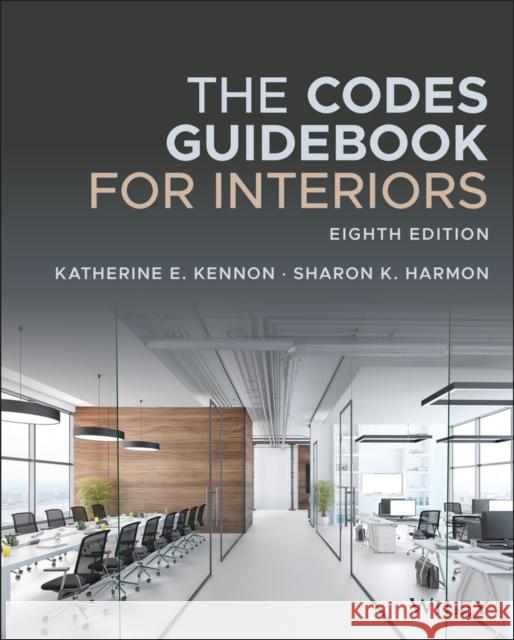The Codes Guidebook for Interiors » książka
topmenu
The Codes Guidebook for Interiors
ISBN-13: 9781119720959 / Angielski / Twarda / 2022 / 624 str.
Kategorie:
Kategorie BISAC:
Wydawca:
John Wiley & Sons Inc
Język:
Angielski
ISBN-13:
9781119720959
Rok wydania:
2022
Ilość stron:
624
Waga:
1.03 kg
Wymiary:
23.62 x 18.8 x 2.79
Oprawa:
Twarda
Wolumenów:
01
Dodatkowe informacje:
Glosariusz/słownik











